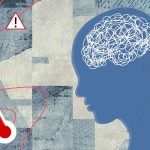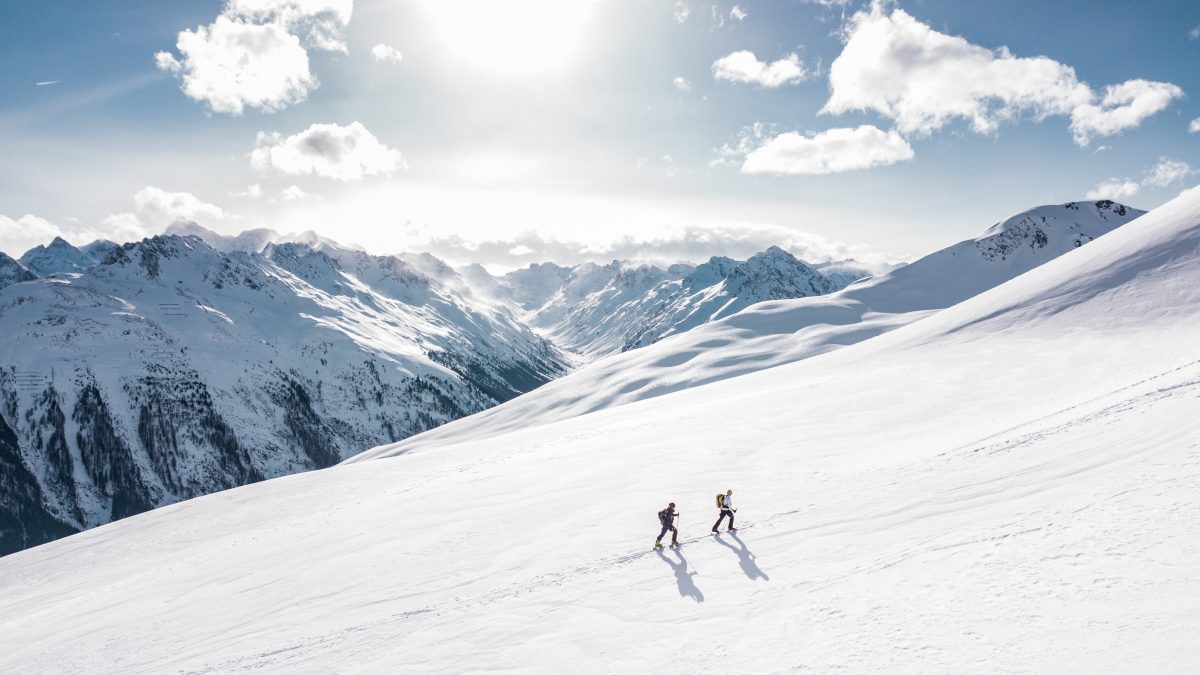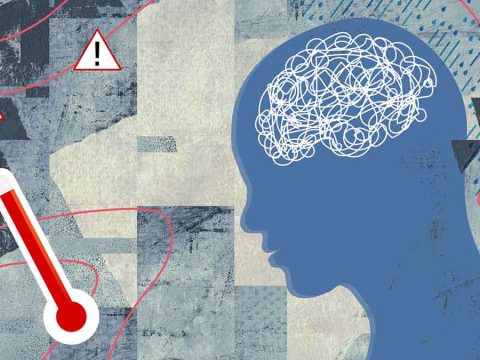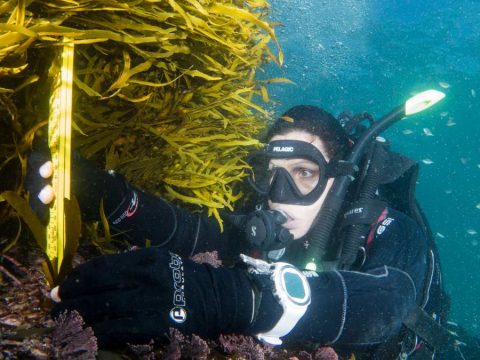
More and more Australians are facing climate trauma. What can be done about it?
20 April 2023
Disaster Brain
17 June 2023

Published by: Griffith Review
Reading Time: 10 mins
Original source: click here
Heartplace
Saving what we love
THIS MORNING I put on my best dragon-riding clothes – leggings, leggings, outer pants, thin shirt, thick shirt, vest, jacket, thin balaclava, thick balaclava, goggles, helmet, gloves. It’s cold up here where the ice-winds blow. And I rode and rode that ice-wind all day, suspended above a treeless crystal landscape before swooping down through fields of snow gums. Feet bouncing in the clouds as dragon wings bore me again and again aloft.
It’s a liminal space, my heartplace: suspended between the magical, imaginative other-worlds I’ve inhabited since a child and the shimmering, tangible space of Australia’s Snowy Mountains. I love it with the undying, fantasy-blinded passion of a woman in her lover’s arms.
At this point I should make a confession. I’m a science reporter, trained in logic and clear communication. Stick to the facts, the results. So my writing here may seem a little…fanciful. But this is how I feel when I’m in the snow and the mountains. I feel like I’ve been given the keys to some enchanted kingdom. I feel like I’m flying in some fairy story when I’m on my skis and bouncing lightly through a joy-filled and sparkling white land.
If nothing else, this is a story about feelings.
DESPITE GROWING UP in Western Australia, I’ve been infatuated with snow since childhood, beguiled by stories of frosted kingdoms accessible through wardrobes, of pearl-capped peaks and sleighbells and dragons, of the ever-present possibility of magic. To the flatland beach girl that I was, these landscapes felt thrilling yet unattainable, impossible.
In adulthood I moved east and got to know a real snow place – ‘Kunama Namadji’, as my friend, Ngarigu woman and linguist Jakelin Troy, taught me to say. (Kunama means ‘snowy making’ and Namadji means ‘mountains’.) I fell hard, my emotions a tumble of anticipation every time I made the long winter drive to the New South Wales snowfields, internet-stalking Thredbo in between times. On reflection, my behaviour and experience was almost identical to falling in love with somebody. I still feel this.
Australia’s Snowy Mountains have a different landscape, a different snow to anywhere else in the world. Unlike other mountain ranges formed by clashing tectonic plates, these alpine lands arose from an upwelling of the Earth’s mantle, giving them a softer, rounder appearance. But that softness is deceptive: it means the winds that roar unhindered over the main range can strip your face off with horizontal ice pellets if you leave a fraction of skin exposed – hence the complete encasing of those ‘dragon-rider’ outfits I wear on the big days. And while the tourists – the irregular visitors – prefer the blue sky, the locals in this snow country learn to ride the storms. It’s the best time to be out there. The reward is sights you’ll never see in any other landscape. Snow gums with trunks of ruby and gold, bearing ice-rimed leaves that glitter like chandeliers. Shifting clouds of snow backlit over sculpted ice. Moonscapes of white punctuated by dramatic granite tors. Wind-blown snow that silkily gives way under your skis and makes you feel like you are flying.
Out here, it’s easy for me – even as someone trained to report on science – to understand why the living physical world and the imaginative world of magic and spirits have always existed side by side. And I’m telling you all this because I want you to see this land through my eyes, to understand why it matters to see places that way, to give you the gift of caring about it as you would wish me to give a damn about the place that stirs your soul.
This, my heartplace.
I’VE BEEN THINKING a lot about heartplaces lately, about how we are primed by our biology to fall in love with places just as we fall in love with people. And that was even before fires had smashed half the country in the 2019–20 summer, gutting us with loss. Before Covid confinement triggered a latent tsunami of yearning for green spaces and light and sun and the living world and cut so many of us off from where we longed to be.
So it was with some trepidation as well as reverence that I opened my dog-eared copy of The Biophilia Hypothesis, edited by biologists EO Wilson and Stephen Kellert and published in 1993. It was the first time I’d touched it in two decades, the first time I’d read it in the place that speaks most profoundly of my own relationship to the living world – yet this book has shaped my thinking about those relationships my entire adult life. Would it still hold up? How does it explain our love of place?
As the man who first popularised the word ‘biophilia’ in 1984, EO Wilson writes:
Biophilia if it exists, and I believe it exists, is the innately emotional affiliation of human beings to other living organisms. Innate means hereditary and hence part of ultimate human nature.
Yes! I thought. Innate. Emotional. Affiliation. Bingo!
Wilson’s radical idea was that our yearning for the natural living world is genetic. Rather than blind instinct, our genes confer a tendency to emotionally attach to places that nurture, protect and sustain us…just as we have a genetic tendency to acquire language, or to love our families. And these genetically prepared ‘learning rules’ were forged over eons of evolution. Humans crave vistas, water views, vegetation, life.
Habitat was as important to our survival as mate selection, and the mediating emotions involved in both are similar: attraction – and love.
But just as our heartplaces sustain and nourish us, they demand something of us in return. They cry out for us to protect them. That’s what love does, what the neurochemical cocktail of dopamine and noradrenaline and serotonin and oxytocin evolved for: to compel us to do whatever we can to protect – to save – what we love. Regardless of the outcome.
Our survival depends on this. Because now, all our heartplaces are in jeopardy. And we are beginning to feel it.
WHEN FIRES MASSACRED that Australian summer, when the most recent report from the Intergovernmental Panel on Climate Change dropped like a bomb in August 2021, whole swathes of the community seemed to teeter and fall over what I have come to call the personal tipping point – the moment when an abstract intellectual understanding of climate change becomes gut-wrenchingly real, emotional, personal. Is this what it means for our summers? Will my beloved place be horribly changed?
My own tipping point came in 2018 when, after a year of researching the projected future of snow – worldwide – I realised my heartplace could die. It was a devastating realisation. I fell into a profound depression.
But as I’ve journeyed through that climate grief in the last three years, as I’ve absorbed the changes this brings, I’ve made two vows. First, the snows are alive now and I will relish every joy-filled precious moment that I can spend with them. And that’s why the cabin I’ve lived in these last three winters, and for all my winters to come, looks out on a view that is white. Second, I will listen to this heartplace and do whatever I can to save it.
Because the more you get to know your heartplace, the deeper your love for it. I am in awe of Jakelin Troy’s deeper-still connection to this country. I would love to know the spirits in the rocks or sing the Ngarigu song she has discovered that calls the snows to return.
Perhaps I should learn its words. Perhaps we all should.
Love demands we try everything. This death, at least, should be preventable.


